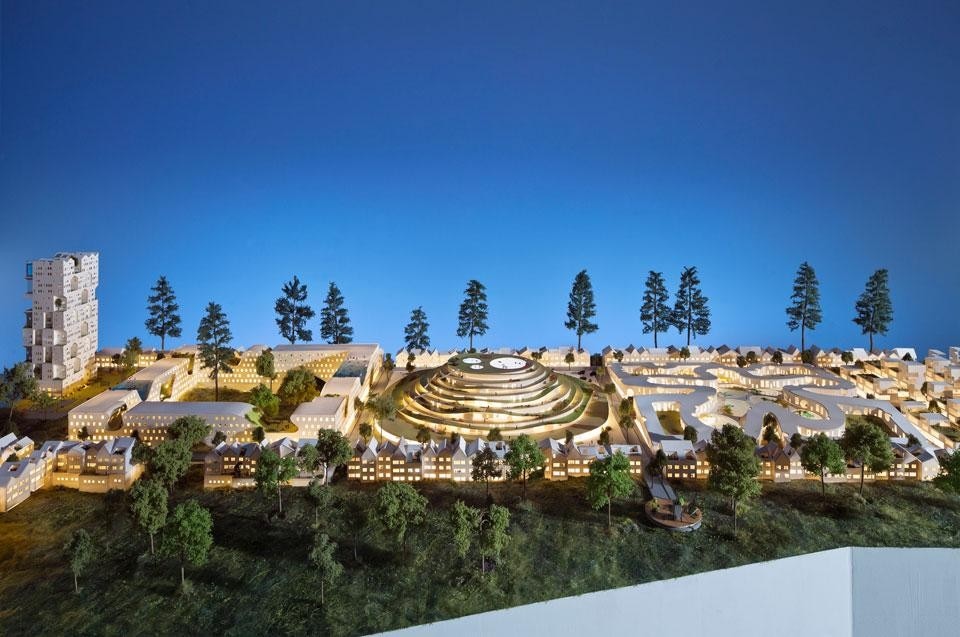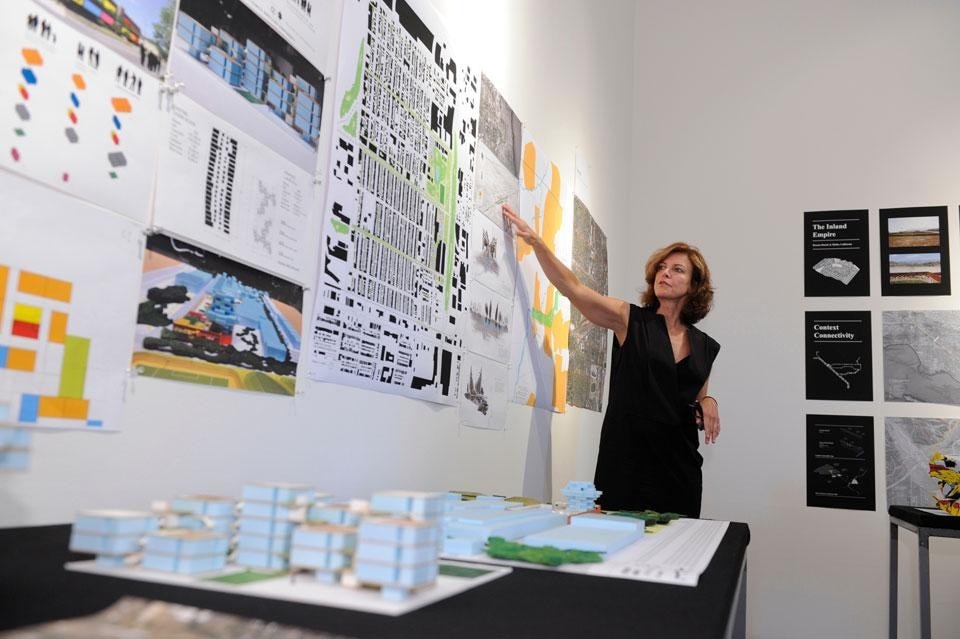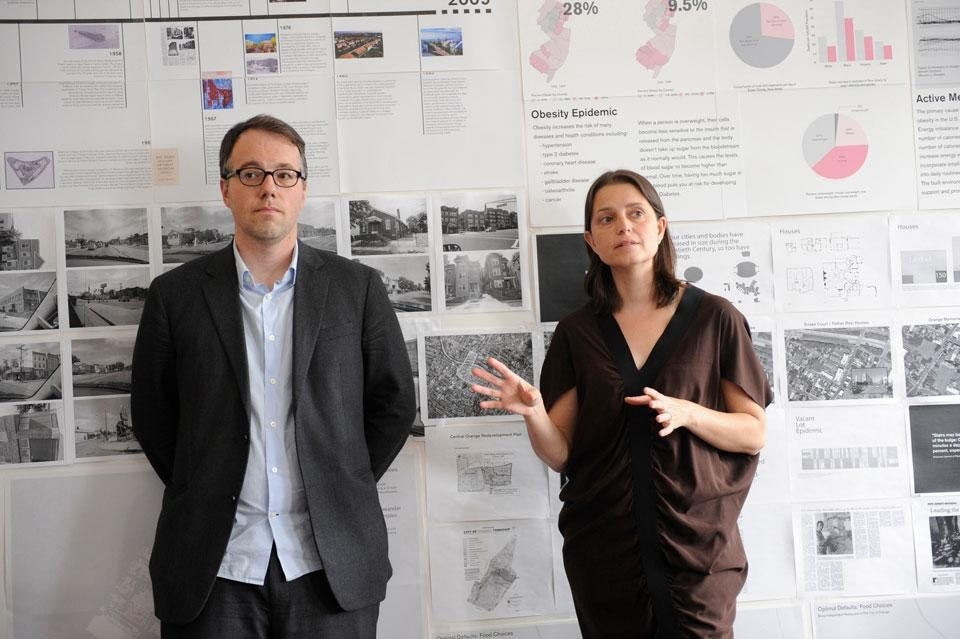This vision of the Museum as a proactive institution in which exhibitions are used for advocacy-related purposes relates back to MoMA's founding mission of "creating a dialogue between the established and the experimental, the past and the present, in an environment that is responsive to the issues of modern and contemporary art." Like its precursor, Rising Currents: Projects for New York's Waterfront (2010), an exhibit that focused on the pressing global issue of climate change, Foreclosed is another such show in which the institution (MoMA) and the curators involved (Bergdoll and Director of Columbia University's Temple Hoyne Buell Center for the Study of American Architecture, Reinhold Martin) argue for the importance of initiating contemporary architectural projects that are responsive to pressing issues in contemporary society. "Unlike normal architecture shows about display," says Bergdoll, "Foreclosed works on a specific project with architects and designers and produces work that is responsive to the surrounding environment and then exhibits it."
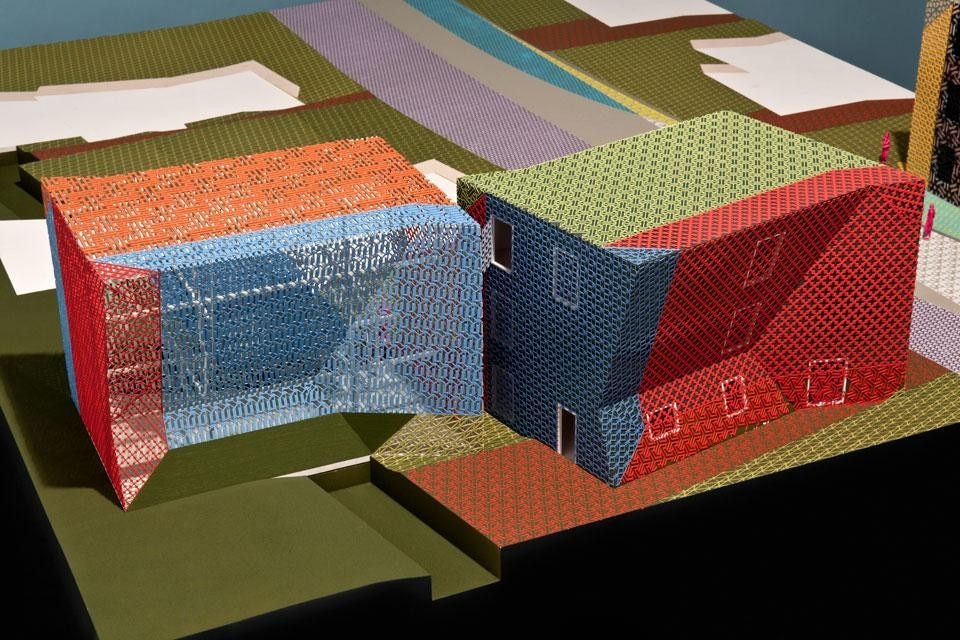
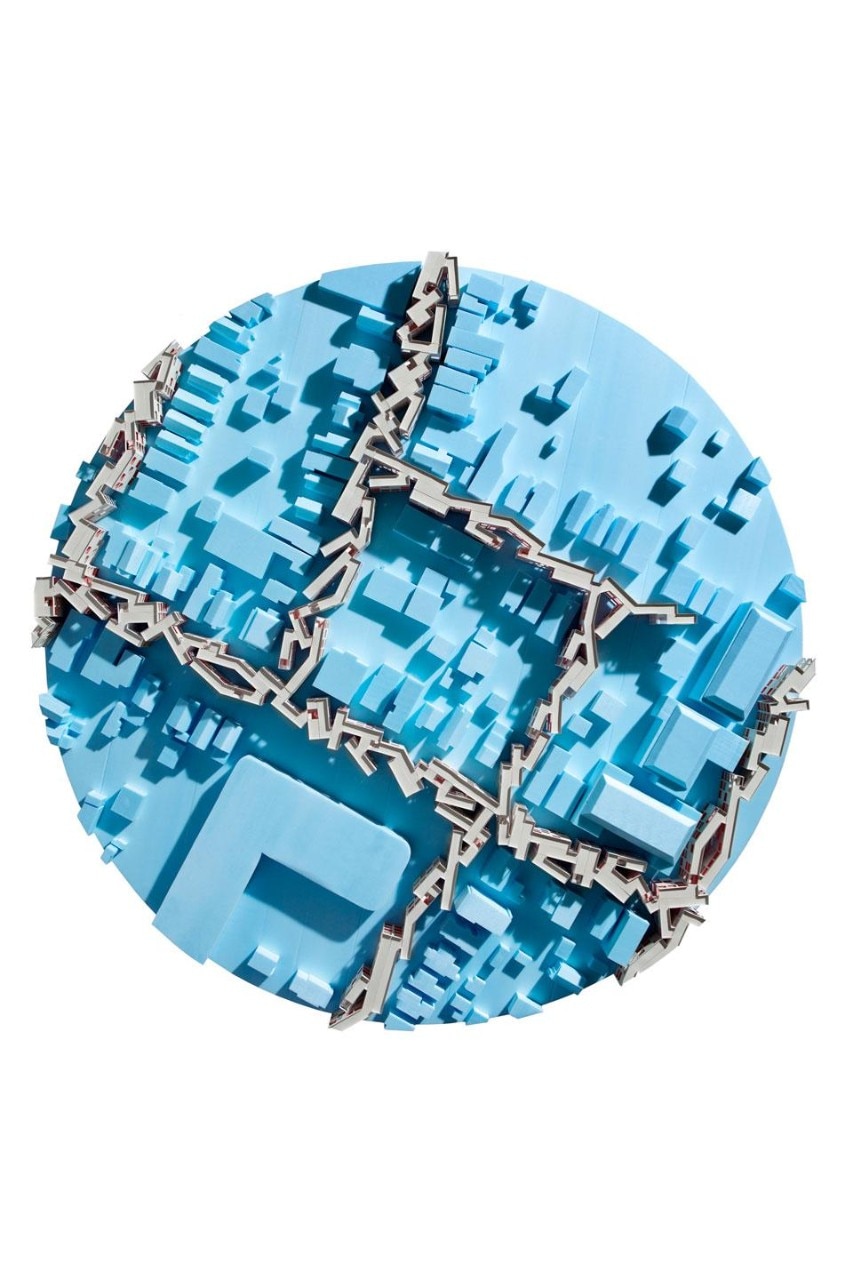
Foreclosed "is only the midway point": these project proposals become a catalyst for discussion, opening up the conversation to a larger public, as Bergdoll did with Rising Currents
